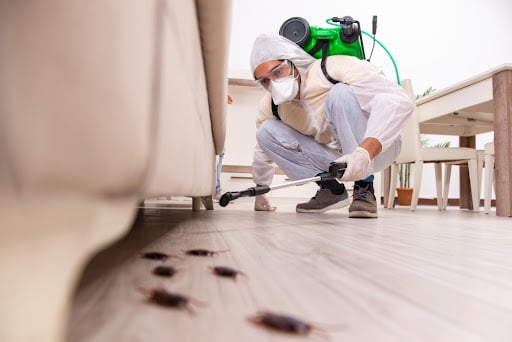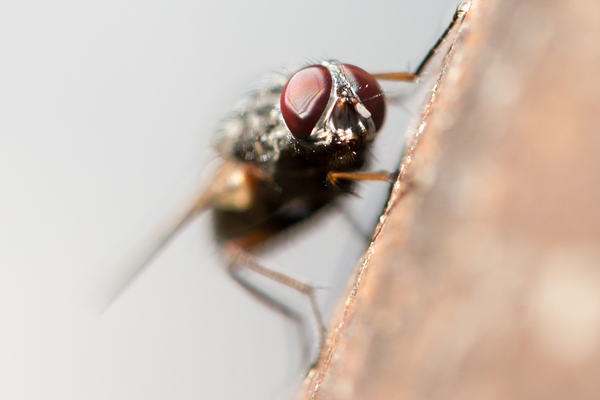Finding a new home is an exciting process. As you look for your home and weigh location, size, cost and more, don’t forget to consider who else might be living there. Unknowingly buying a house with pest problems can turn into an unpleasant and potentially expensive oversight.Before you sign that purchase agreement, make sure that your dream home doesn’t turn into a nightmare. The pros at Plunkett’s want you to know the ten biggest red flags when it comes to pests. Here are the signs of pests to look out for in your new home:
10 Signs of Pests to Watch Out for
1. Droppings
Pest poop is a definite sign someone else is “squatting” in your house. The most common culprits are rats and mice who leave small rice-shaped droppings behind. Insects like cockroaches and termites can leave waste as well. Look for tiny peppery pellets and, in the case of termites, mud tubes which are small pencil sized tunnels made of soil and wood. When touring a new house, open cupboards and look under sinks or in corners. If you see droppings of any kind, you’re likely to not be alone.
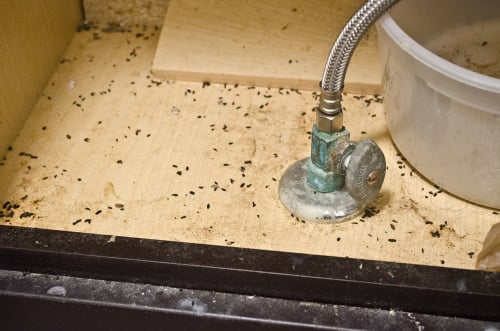
2. Wings/Skin Sheds/ egg casings
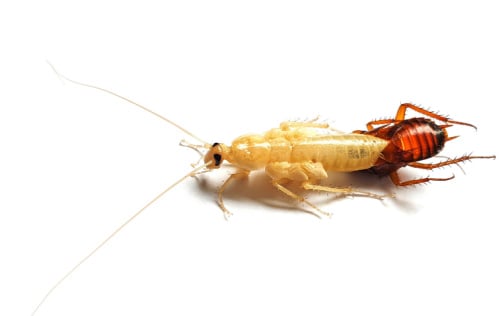
Most insects molt. During this process, the larval form of the insect sheds its skin to grow a larger version. Cockroaches, bed bugs, and beetles are some of the pests that might be scattering their sheds or egg casings across your home. If you see piles of wings, they could point to a termite infestation. Termite wings get discarded once the flying “swarmers” decide on a location for their new colony. Be vigilant for other signs of termites (see below).
3. Rotted Wood
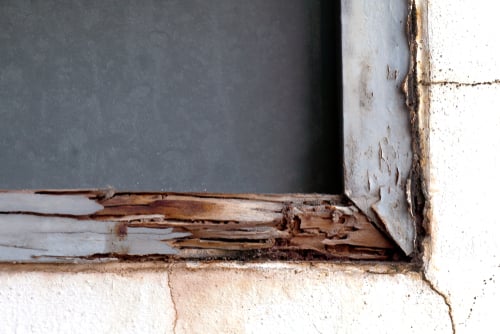
Decaying wood is a sure sign of termites or carpenter ants. They prefer moist, humid areas like basements or attics where the wood is softer. Look for tiny entry holes and tunnel systems. Be sure to check decks, fence posts and other exterior wood as well. You might also notice mud tubes or tunnels made from earth that lead from the outside of your house to the wood source. Termites use these to travel.
4. Older doors and windows
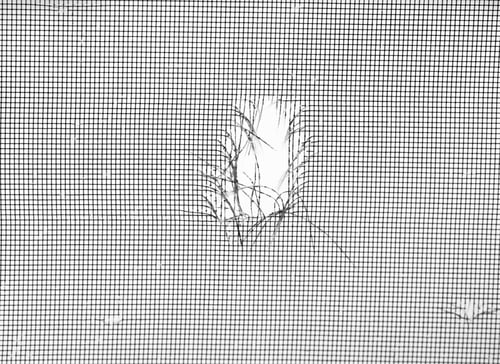
Pests get in through cracks and openings in the exterior of a home. If your home has older, drafty windows, torn screens and doors that don’t close tightly, you might be inviting pests in.Before you move, replace doors and windows, repair screens and patch openings. Your best defense against pests is a secure perimeter.
5. Damaged roof
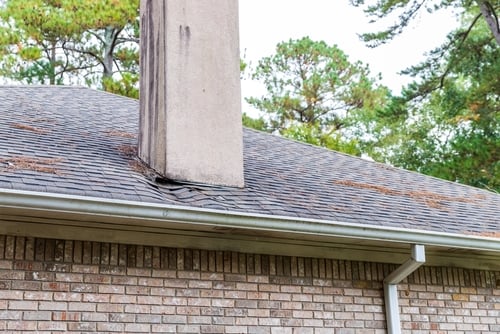
Believe it or not, many pests can access your home via the roof. Rats and mice are both expert climbers. If you have tree branches near your home it makes it even easier.Open chimneys, uncovered vents, loose shingles and rotting fascia are entry points for pests of all kinds. Make sure you inspect the roof of your home and learn when it was installed. You’ll want it to protect you from the elements, rodents and nuisance wildlife for years to come.
6. Odors
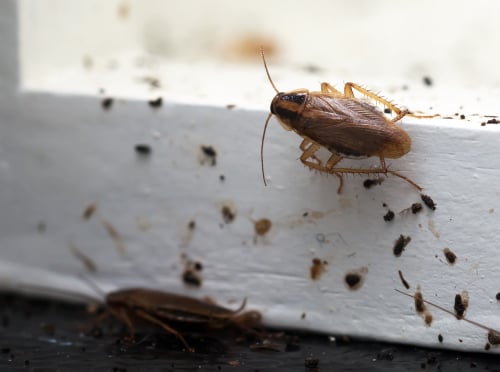
Pests can leave pronounced odors, especially in a home that has been empty. If you detect notes of pee or ammonia in your new home, it may not be coming from the bathroom. Instead, it may be a rat or mouse urine trail, used to mark the paths these rodents travel - often to food sources. Rodents rub their oily fur against baseboards and walls, leaving smells and sometimes noticeable stains. Look for these markings near the floor, especially in kitchens. Cockroaches are another stinky pest. People often describe areas infested by cockroaches as “musty.” If something doesn’t smell quite right when you walk into a house, it could be pests stinking the place up.
7. Outdoor nests
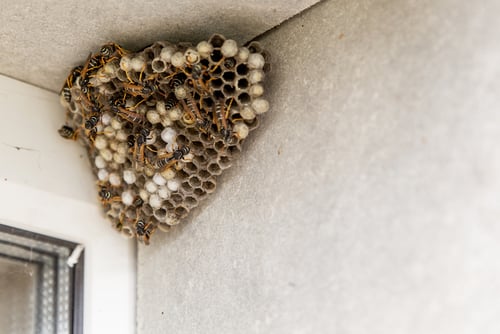 Ant
Ant
8. Indoor nests
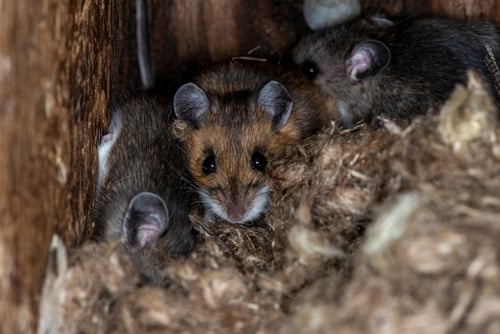
Spider webs, insulation piles, chewed cardboard or paper, holes in walls and sawdust piles could all be signs of insects or rodents nesting in your house. Bring a flashlight when you visit a house to scope out nests built by shy pests in the basement, attic or crawl spaces.
9. Plumbing Problems
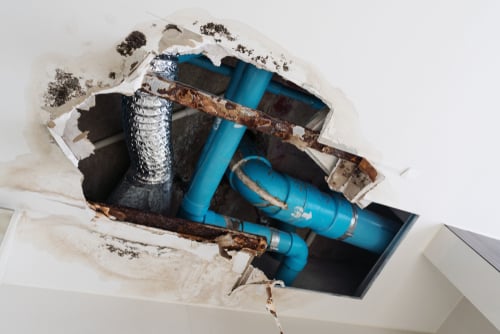
Leaky pipes, dripping faucets, backed up drains and rotting wood can attract pests. After all, insects and rodents need water too. If they can find it discreetly in areas away from people, even inside walls, they will. Many pests thrive on the humidity created by plumbing leaks.
10. Pesticides and traps
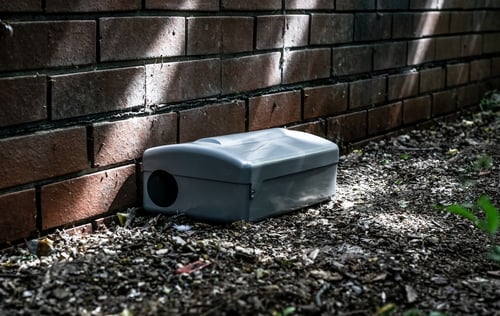
If you see traps set around the house or pesticides stored in the garage or basement, you might want to ask the owners why. If they’ve been battling a pest problem, you will likely inherit it.
Does Your New Home Need Pest Control?
A pest infestation may not be the deal breaker when you buy your home but you certainly won’t want to live with them. Eliminate pests before you move in. Plunkett’s provides fast and effective pest control for new homeowners with follow up protections available. If you’d like an expert opinion, call us today for a new home pest inspection to make sure you won’t wake to late night scratching or crawling. We’ll make sure that you and your family are the only ones enjoying your new home.

